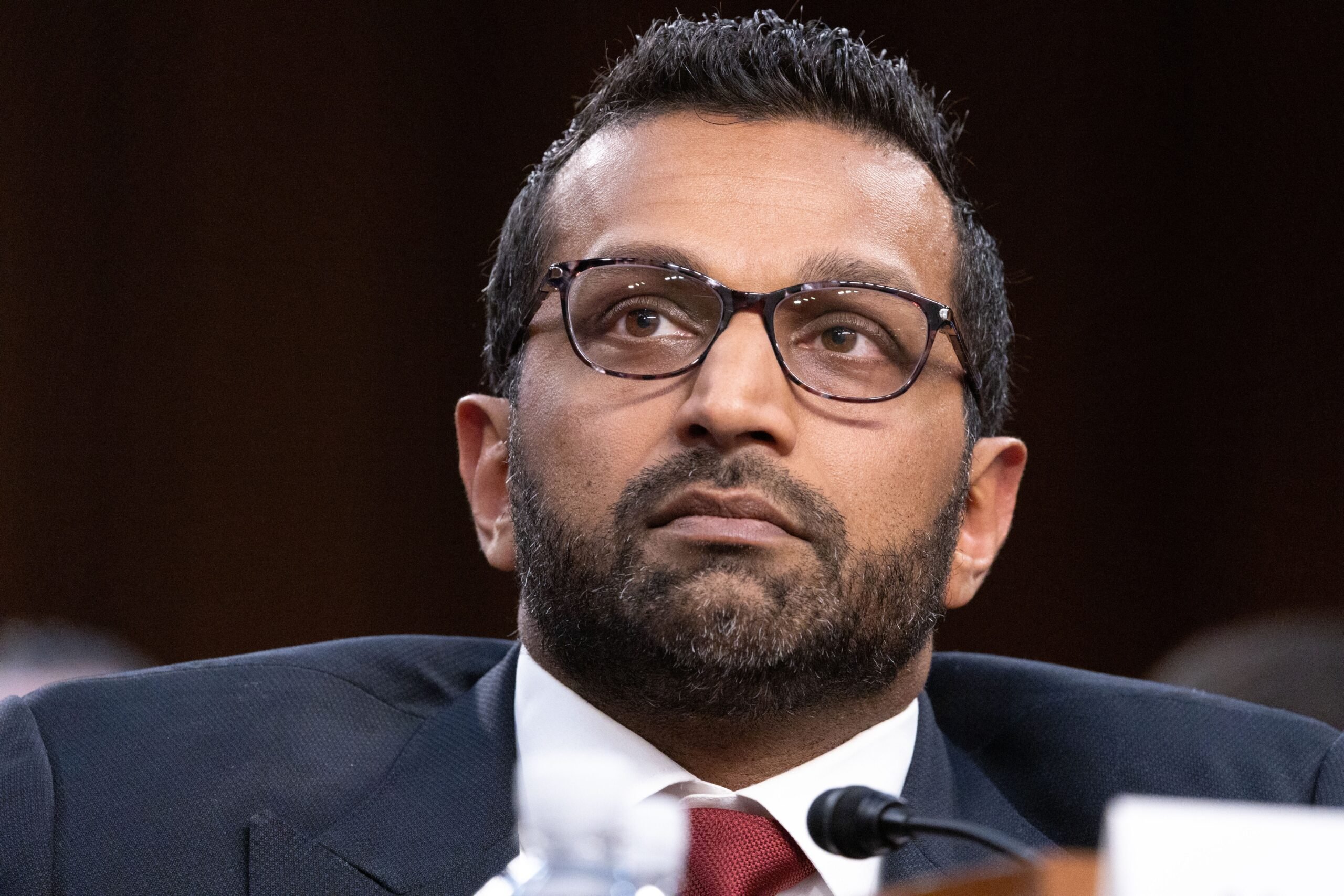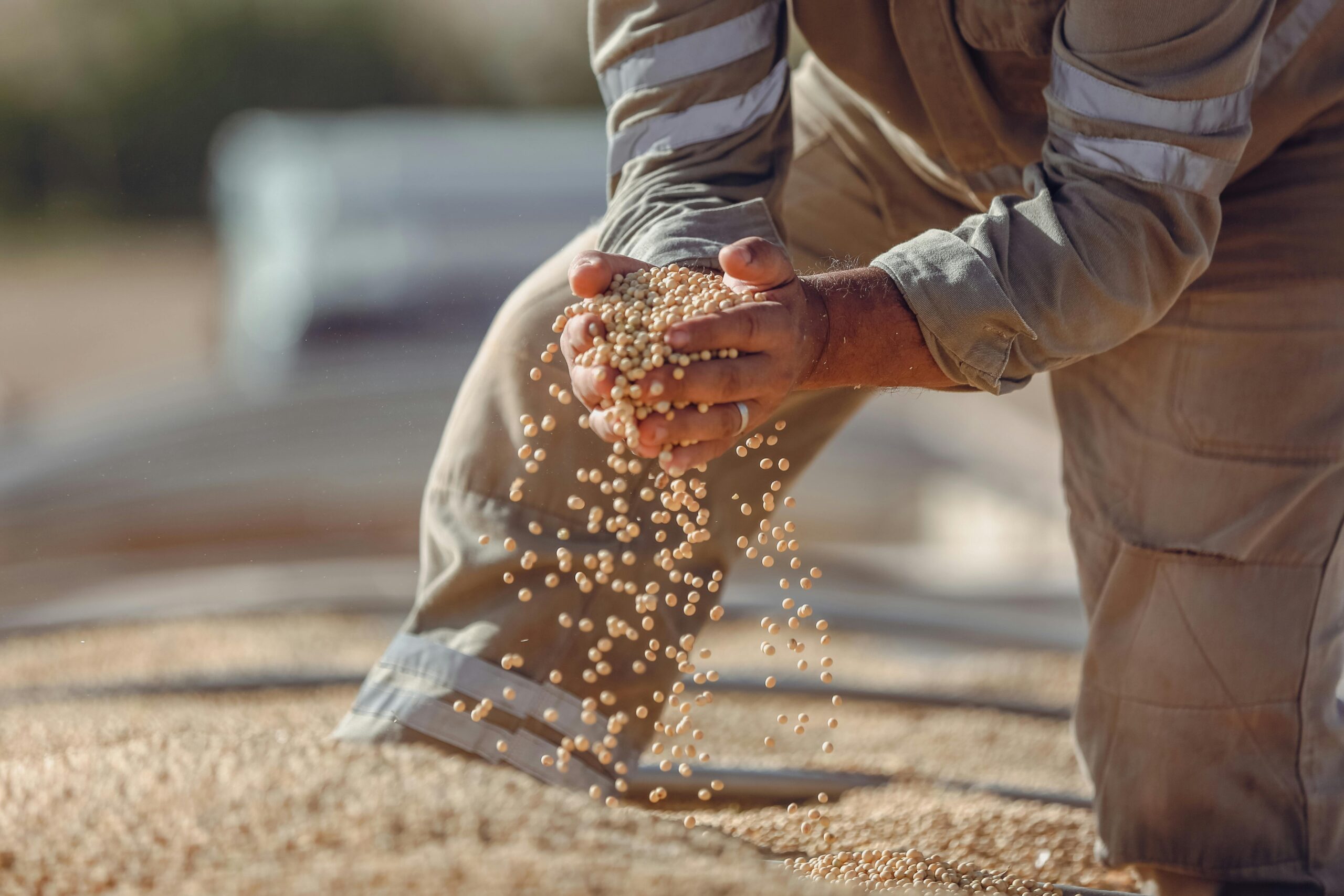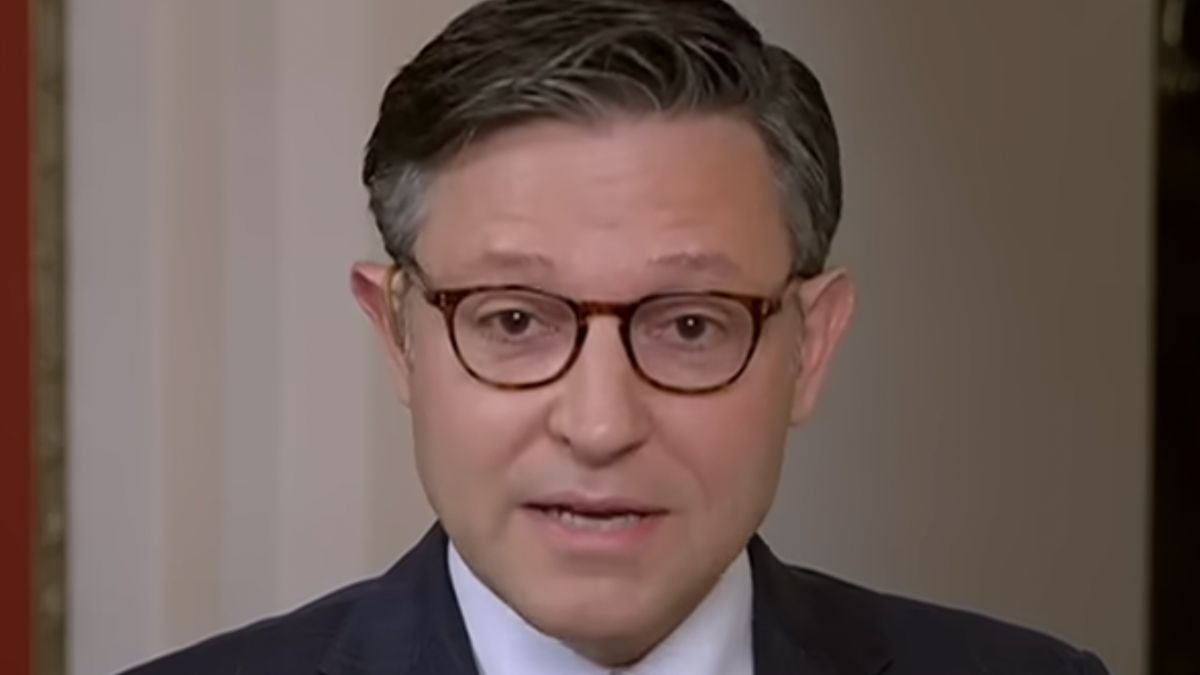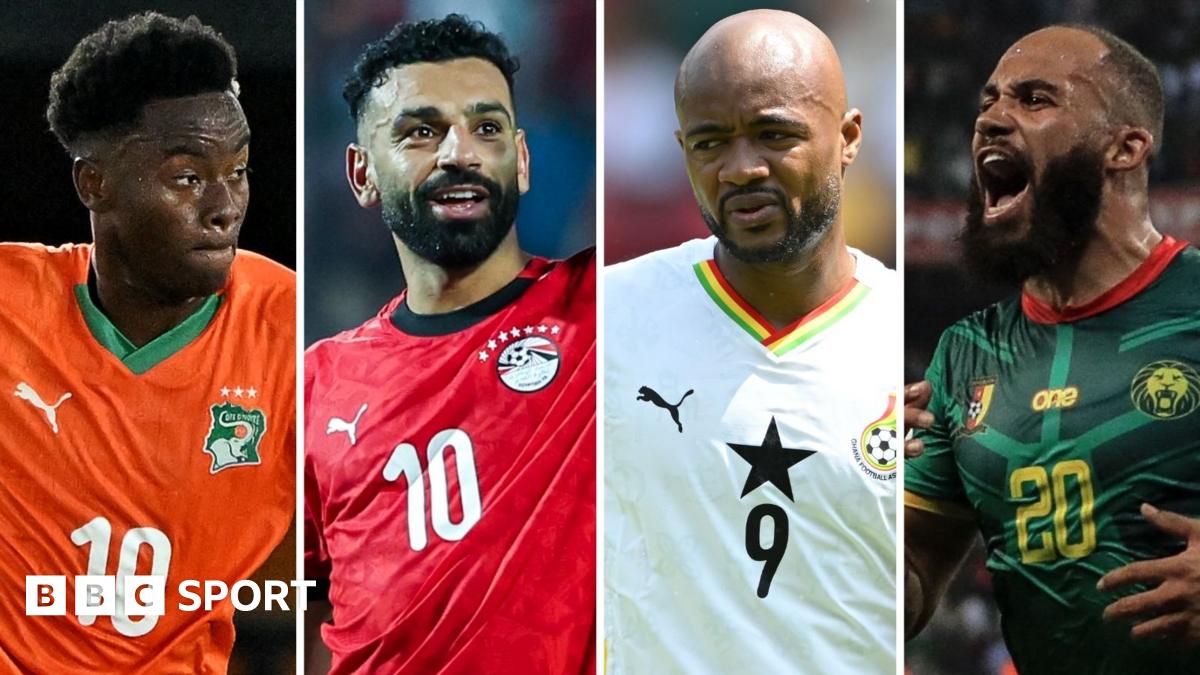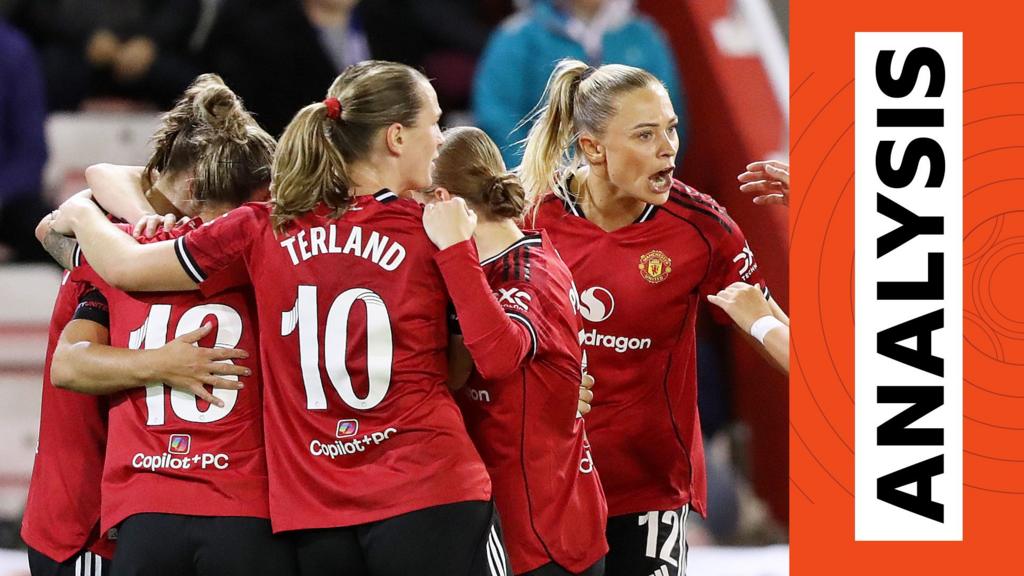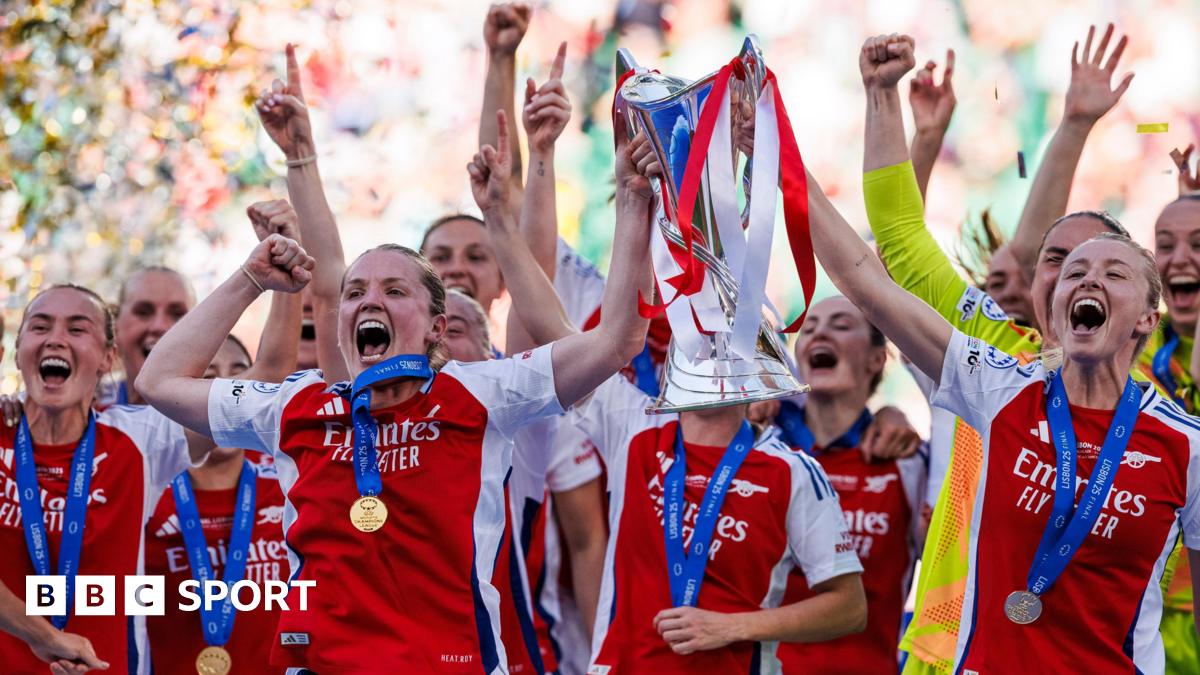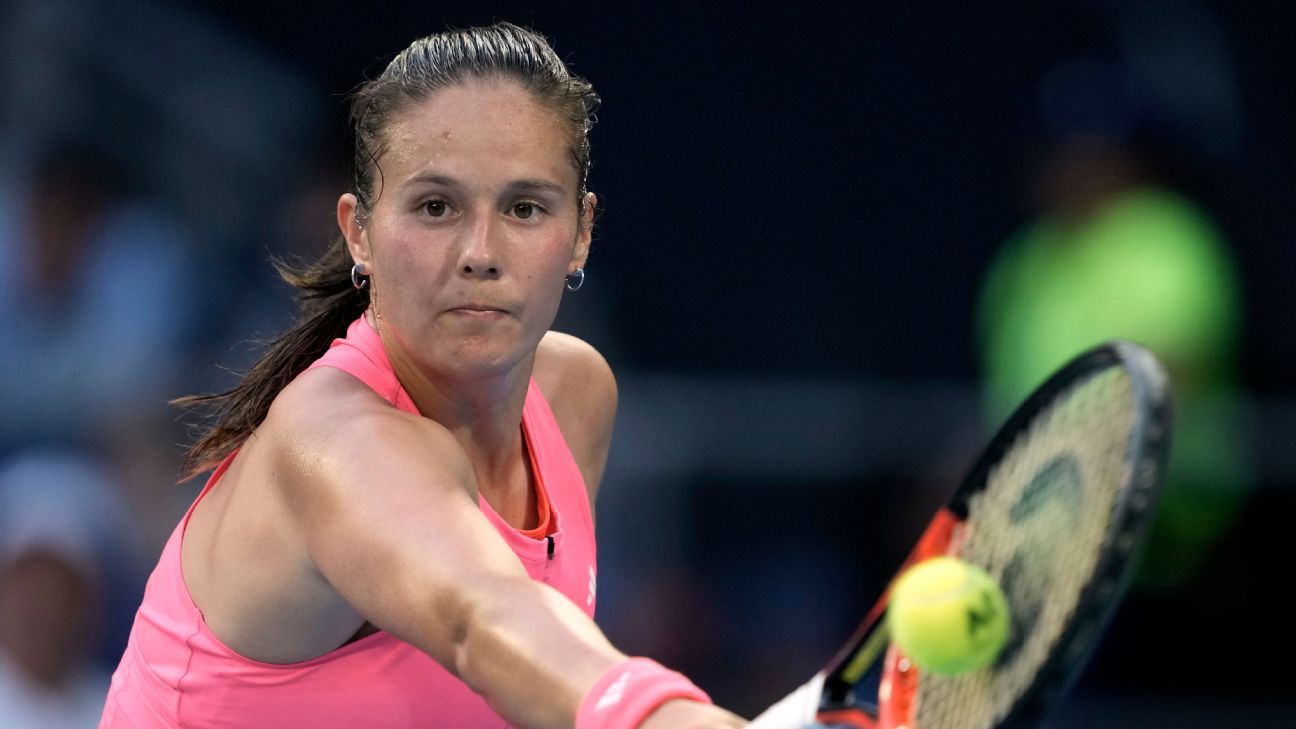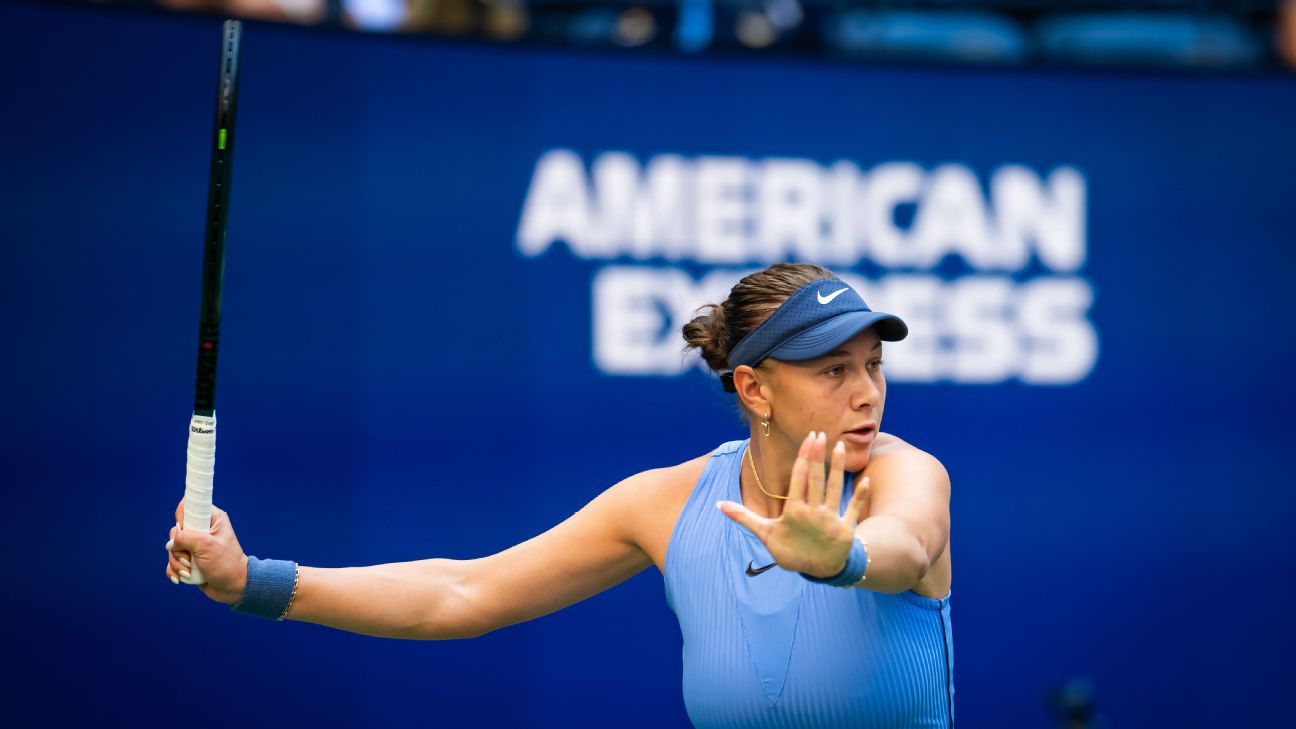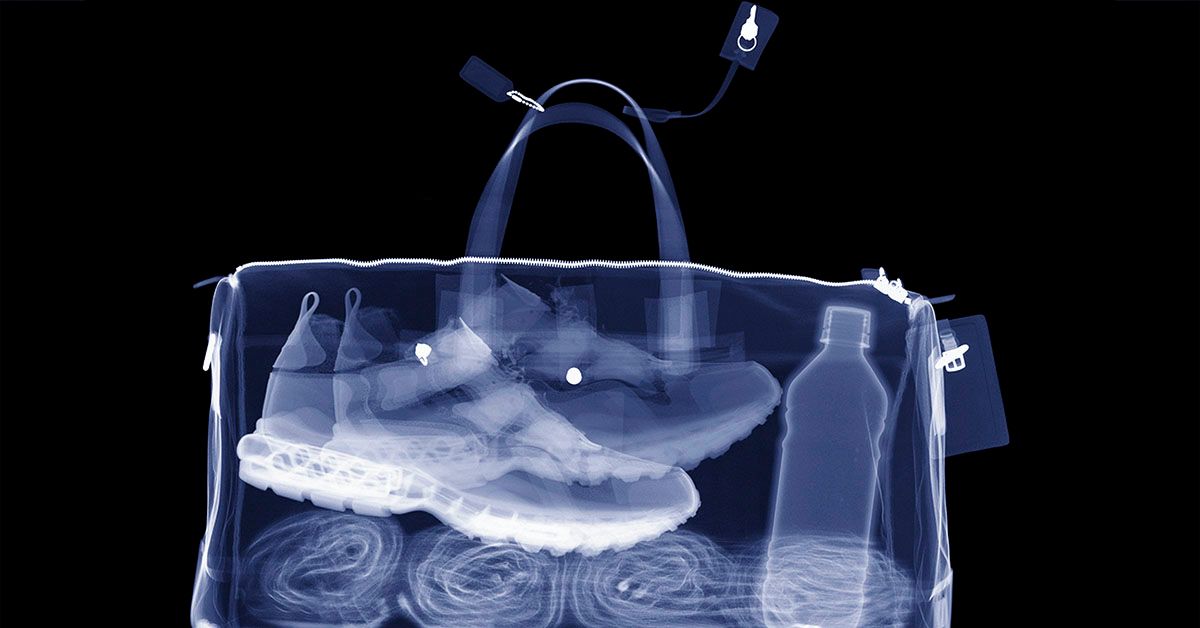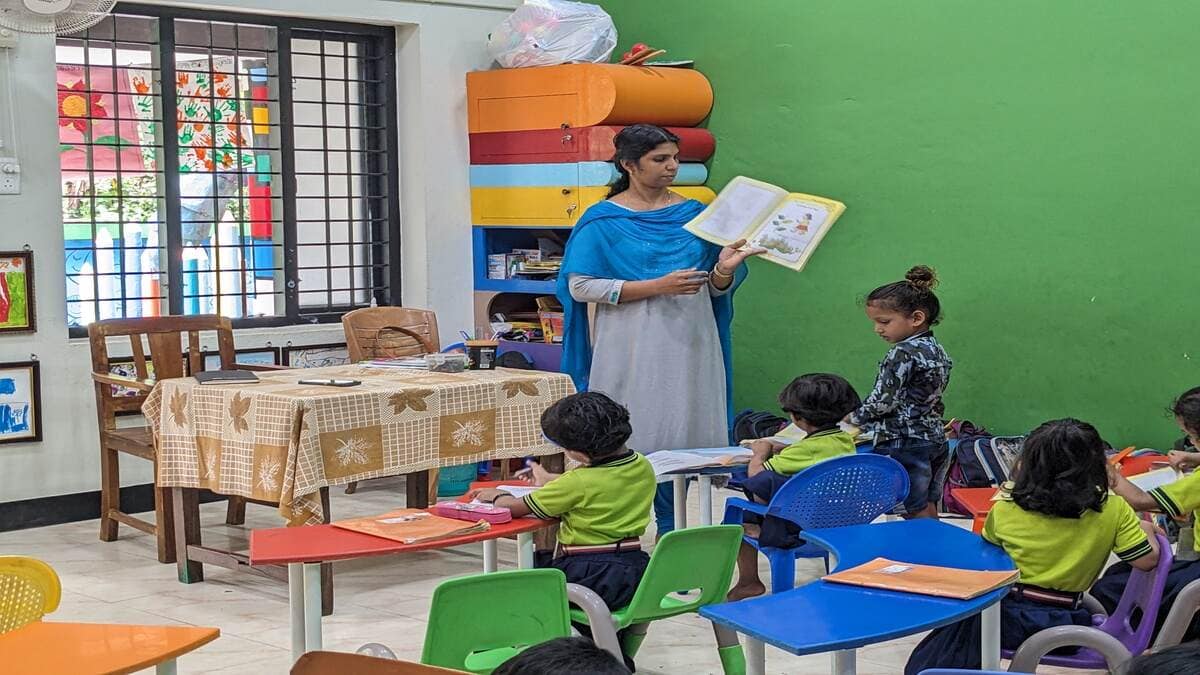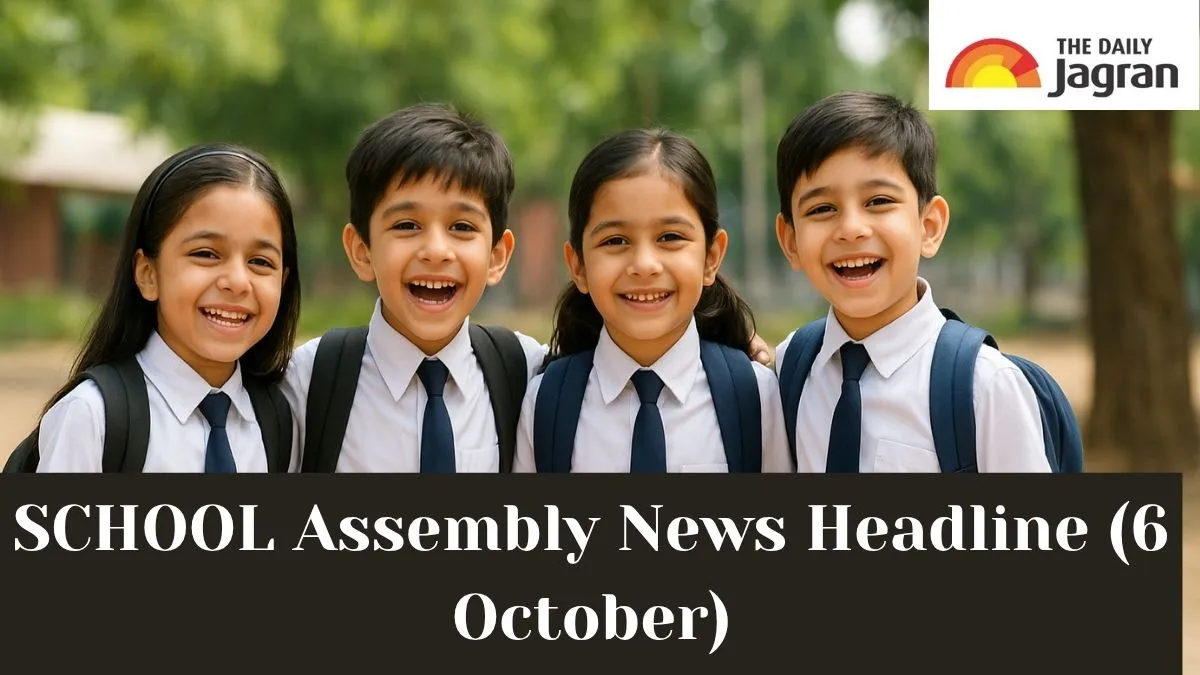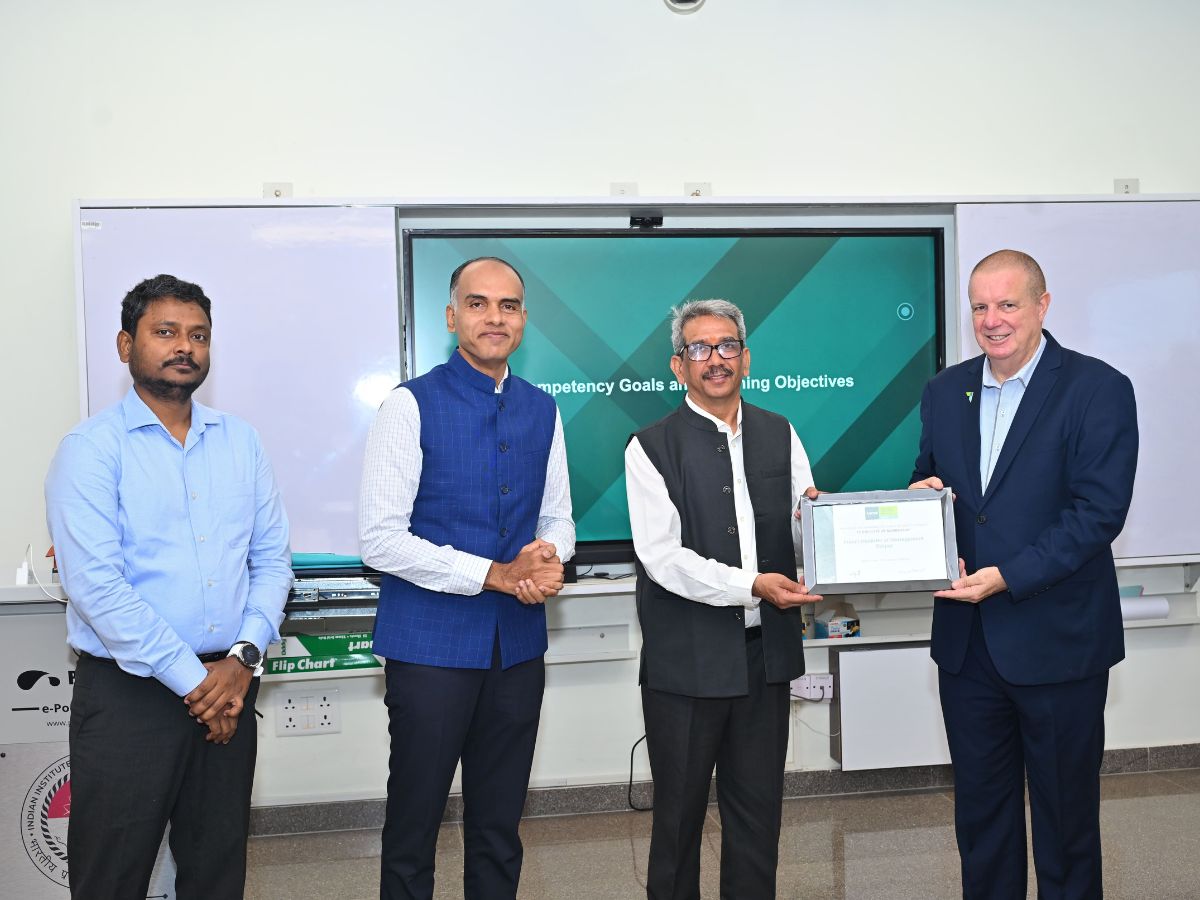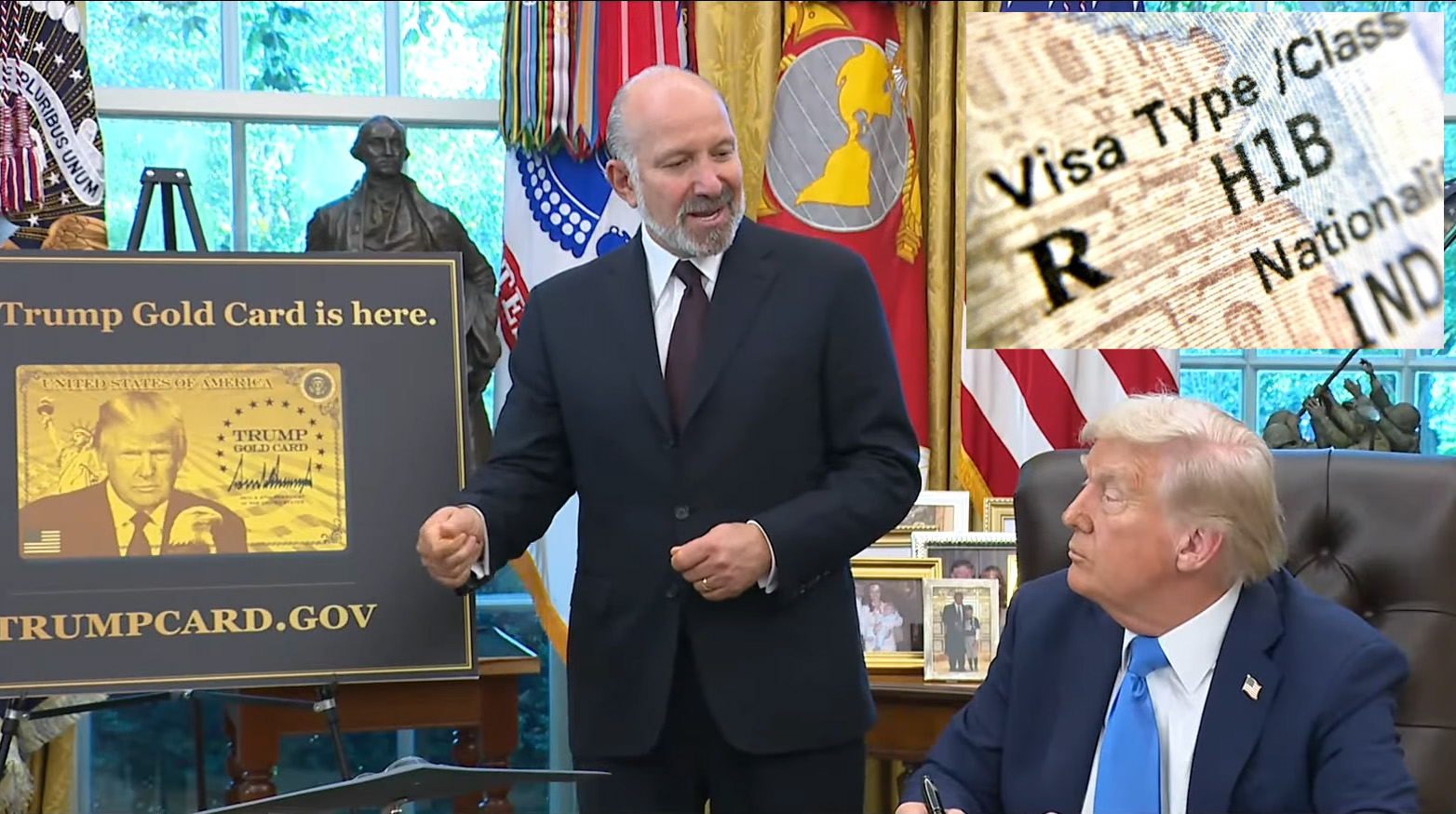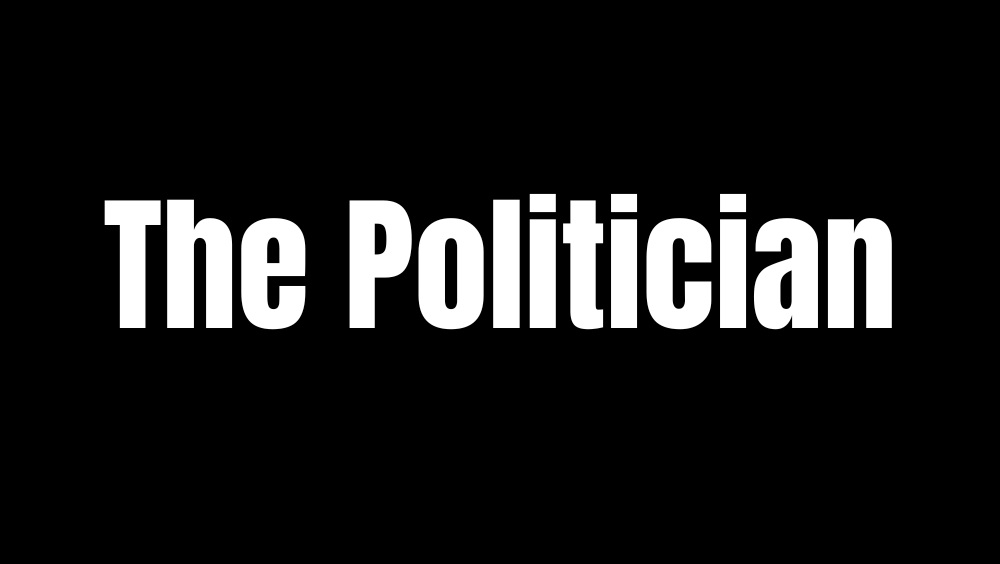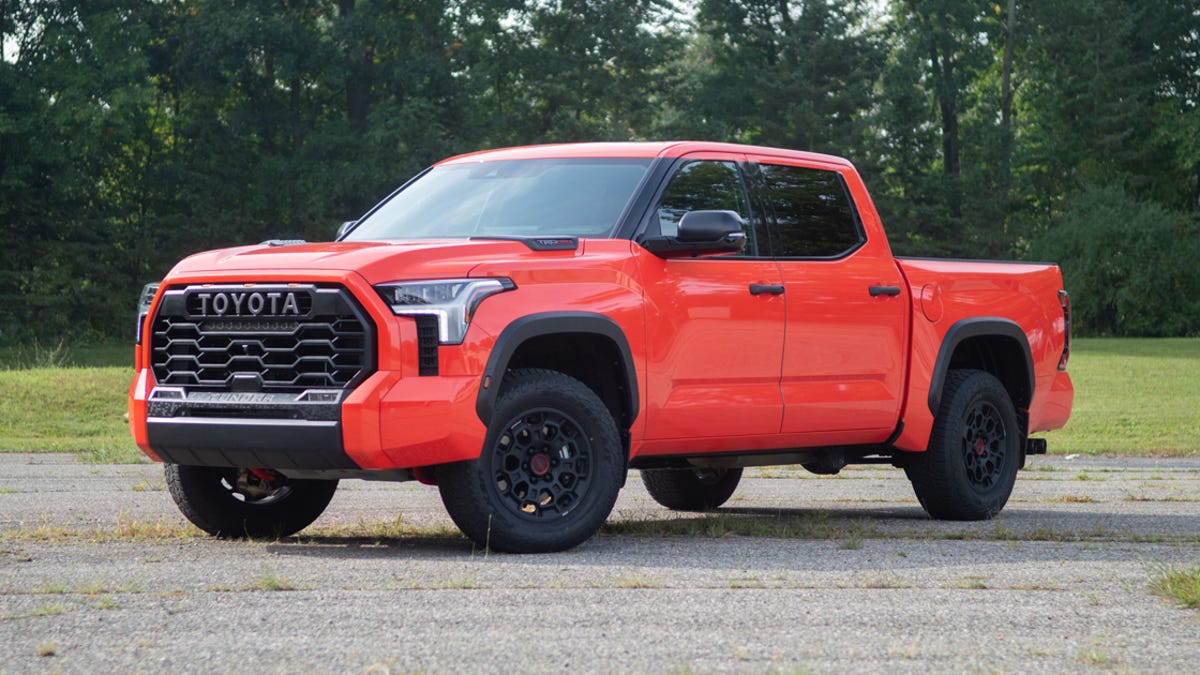Bihar assembly elections 2025: Caste equations, seats, promises and Gathbandhans, all you need to know
The 2025 Bihar Assembly election, expected later this year, promises to be among the most closely watched political contests in India. With a 7.42 crore electorate, a complex caste landscape, and shifting alliances, Bihar exemplifies the dynamics of Indian democracy. Since the 2020 assembly polls, the state has witnessed dramatic political realignments. The NDA formed the government with Nitish Kumar as Chief Minister, only for JD(U) to quit the alliance in 2022 and join the RJD-led Mahagathbandhan. By early 2024, JD(U) returned to the NDA fold, reuniting with the BJP to form a new government. These shifts have underscored both Nitish Kumar’s centrality to state politics and the challenges of maintaining voter trust amid perceived political opportunism. Leading up to September 25, the INDI Alliance, which includes Congress, appeared to be gaining ground. Polls and online trends suggested rising competitiveness, positioning the alliance as a credible challenger to the ruling coalition. Google Trends data showed that Congress-related searches accounted for 52% over the last 30 days, outpacing the NDA’s 35%, reflecting significant digital engagement. Rahul Gandhi’s launch of the “Ati-Pichhda Nyay Sankalp” manifesto for the most backward communities sparked widespread interest, promising higher reservations, legal safeguards, and access to government contracts for EBCs. However, the enthusiasm proved short-lived. Critics pointed to vagueness, unrealistic allocations, and unclear implementation mechanisms, which, combined with weak follow-up on the ground, prevented the online surge from translating into tangible voter mobilization. This allowed the NDA to regain the narrative advantage. The NDA responded quickly with high-impact measures. A direct cash transfer scheme for women announced on September 26 dominated headlines and online discussions. The re-induction of Bhojpuri superstar Pawan Singh, who had previously influenced vote splits, generated significant media coverage and helped consolidate support. The NDA also engaged Upendra Kushwaha to strengthen ties with Extremely Backward Classes, an influential demographic whose fragmentation could have hurt the alliance. These moves, together with ongoing welfare and employment initiatives, appear to have stabilized NDA support. According to the SPICK Media Network survey, the NDA is projected to secure around 158 seats, while the Mahagathbandhan may win 66 and Jan Suraj Party a smaller share. Vote share estimates put NDA at 46%, MGB at 41%, and JSP at 8%. Interestingly, CM preference polling shows Tejashwi Yadav slightly ahead at 30.5%, with Nitish Kumar at 27.4%, suggesting that leadership questions could influence voter sentiment despite the NDA’s organizational strength. Bihar 2025 Final Seat Tally Revealed! – Part 5 | #Bihar2025 #BiharSurvey #VoterInsights #BiharPolitics #VoterVoices #BiharElections2025 #JDU #RJD #BJP #Congress #PrashantKishor @NitishKumar @yadavtejashwi @PrashantKishorLink: https://t.co/2oPI6xQtLJ pic.twitter.com/YccWUB98qV— Spick Media Network (@Spick_Media) September 30, 2025 Between July and September, subtle but meaningful shifts occurred. NDA support inched up from 35.4% to 36.2%, while MGB slipped slightly from 36.1% to 35.8%. Jan Suraj’s share fell from 10% to 8.7%, while “Others” rose sharply from 5.3% to 12.8%. The undecided voter segment declined from 13.2% to 6.5%, indicating clearer electoral choices. Leadership preferences shifted slightly, with Tejashwi Yadav moving from 32.1% to 33.5% and Nitish Kumar declining from 25% to 24%. Figures for other leaders, such as Prashant Kishor and Chirag Paswan, reflect nuanced changes in voter perception. Public mood data shows strong anti-incumbency sentiment slightly reduced, neutral sentiment falling, and strong pro-incumbency rising from 18.3% to 27.1%, highlighting a fluid electorate responsive to performance and personality alike. Caste continues to shape Bihar’s political landscape decisively. Muslims (17%) and Yadavs (14%) largely support MGB, with demands for representation, including the Deputy Chief Minister post. Dalits (20%) show a split, with Paswans (5%) and Musahars (3%) leaning toward NDA via LJP/HAM, while Chamars (5%) favor MGB. Youth support is increasingly dispersed, with parties like Azad Samaj Party and BSP/Left strongholds capturing attention in certain pockets. Extremely Backward Classes (26%) traditionally lean NDA, but dissatisfaction over quota dilution and low ticket allocation in 2020 introduces potential volatility. Other Backward Classes (25%) remain divided, with Yadavs firmly with MGB and Kurmi-Koeri groups favoring NDA but possibly shifting if MGB improves representation. Upper Castes (10–11%) mostly support NDA, though minor shifts toward JSP are evident due to concerns over Nitish Kumar’s longevity and corruption allegations. While caste remains decisive, youth and first-time voters increasingly weigh economic issues alongside communit
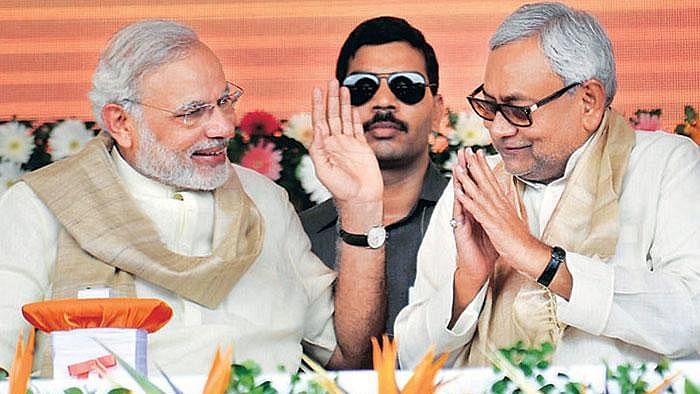


The 2025 Bihar Assembly election, expected later this year, promises to be among the most closely watched political contests in India. With a 7.42 crore electorate, a complex caste landscape, and shifting alliances, Bihar exemplifies the dynamics of Indian democracy. Since the 2020 assembly polls, the state has witnessed dramatic political realignments. The NDA formed the government with Nitish Kumar as Chief Minister, only for JD(U) to quit the alliance in 2022 and join the RJD-led Mahagathbandhan. By early 2024, JD(U) returned to the NDA fold, reuniting with the BJP to form a new government. These shifts have underscored both Nitish Kumar’s centrality to state politics and the challenges of maintaining voter trust amid perceived political opportunism.
Leading up to September 25, the INDI Alliance, which includes Congress, appeared to be gaining ground. Polls and online trends suggested rising competitiveness, positioning the alliance as a credible challenger to the ruling coalition. Google Trends data showed that Congress-related searches accounted for 52% over the last 30 days, outpacing the NDA’s 35%, reflecting significant digital engagement. Rahul Gandhi’s launch of the “Ati-Pichhda Nyay Sankalp” manifesto for the most backward communities sparked widespread interest, promising higher reservations, legal safeguards, and access to government contracts for EBCs. However, the enthusiasm proved short-lived. Critics pointed to vagueness, unrealistic allocations, and unclear implementation mechanisms, which, combined with weak follow-up on the ground, prevented the online surge from translating into tangible voter mobilization. This allowed the NDA to regain the narrative advantage.
The NDA responded quickly with high-impact measures. A direct cash transfer scheme for women announced on September 26 dominated headlines and online discussions. The re-induction of Bhojpuri superstar Pawan Singh, who had previously influenced vote splits, generated significant media coverage and helped consolidate support. The NDA also engaged Upendra Kushwaha to strengthen ties with Extremely Backward Classes, an influential demographic whose fragmentation could have hurt the alliance. These moves, together with ongoing welfare and employment initiatives, appear to have stabilized NDA support. According to the SPICK Media Network survey, the NDA is projected to secure around 158 seats, while the Mahagathbandhan may win 66 and Jan Suraj Party a smaller share. Vote share estimates put NDA at 46%, MGB at 41%, and JSP at 8%. Interestingly, CM preference polling shows Tejashwi Yadav slightly ahead at 30.5%, with Nitish Kumar at 27.4%, suggesting that leadership questions could influence voter sentiment despite the NDA’s organizational strength.
Bihar 2025 Final Seat Tally Revealed! – Part 5 | #Bihar2025 #BiharSurvey #VoterInsights #BiharPolitics #VoterVoices #BiharElections2025 #JDU #RJD #BJP #Congress #PrashantKishor @NitishKumar @yadavtejashwi @PrashantKishor
— Spick Media Network (@Spick_Media) September 30, 2025
Link: https://t.co/2oPI6xQtLJ pic.twitter.com/YccWUB98qV
Between July and September, subtle but meaningful shifts occurred. NDA support inched up from 35.4% to 36.2%, while MGB slipped slightly from 36.1% to 35.8%. Jan Suraj’s share fell from 10% to 8.7%, while “Others” rose sharply from 5.3% to 12.8%. The undecided voter segment declined from 13.2% to 6.5%, indicating clearer electoral choices. Leadership preferences shifted slightly, with Tejashwi Yadav moving from 32.1% to 33.5% and Nitish Kumar declining from 25% to 24%. Figures for other leaders, such as Prashant Kishor and Chirag Paswan, reflect nuanced changes in voter perception. Public mood data shows strong anti-incumbency sentiment slightly reduced, neutral sentiment falling, and strong pro-incumbency rising from 18.3% to 27.1%, highlighting a fluid electorate responsive to performance and personality alike.
Caste continues to shape Bihar’s political landscape decisively. Muslims (17%) and Yadavs (14%) largely support MGB, with demands for representation, including the Deputy Chief Minister post. Dalits (20%) show a split, with Paswans (5%) and Musahars (3%) leaning toward NDA via LJP/HAM, while Chamars (5%) favor MGB. Youth support is increasingly dispersed, with parties like Azad Samaj Party and BSP/Left strongholds capturing attention in certain pockets. Extremely Backward Classes (26%) traditionally lean NDA, but dissatisfaction over quota dilution and low ticket allocation in 2020 introduces potential volatility. Other Backward Classes (25%) remain divided, with Yadavs firmly with MGB and Kurmi-Koeri groups favoring NDA but possibly shifting if MGB improves representation. Upper Castes (10–11%) mostly support NDA, though minor shifts toward JSP are evident due to concerns over Nitish Kumar’s longevity and corruption allegations. While caste remains decisive, youth and first-time voters increasingly weigh economic issues alongside community cues, giving leadership appeal particularly Tejashwi Yadav’s charisma and Nitish Kumar’s familiarity added importance.
The Special Intensive Revision of voter rolls adds another layer of complexity. With 7.42 crore eligible voters, approximately 65 lakh names were removed and 8 lakh added, ensuring a more accurate electoral roll. However, confidence in the process is uneven. Only 32.2% of young voters felt the revision was fair, and 40.9% considered the one-month objection period insufficient. Generational differences in trust and preparedness could influence turnout significantly, especially in urban and semi-urban constituencies.
Seat-sharing negotiations remain a key challenge. Within NDA, BJP and JD(U) are expected to contest roughly 100 seats each, while smaller allies such as LJP(R) and HAM negotiate for proportional representation. HAM demands 20 seats, threatening to contest independently if unmet. On the Mahagathbandhan side, RJD seeks the largest share, Congress targets 70 seats, and CPI(ML) and VIP negotiate for 40 and 60 seats, respectively. Traditional constituencies like Matihani, Alauli, and Bachhwara are flashpoints due to shifting loyalties and past winners, showing how micro-level dynamics can prove decisive even amid macro-level projections.
Bihar’s economic performance could shape voter sentiment as well. The state recorded 8.64% GSDP growth in 2024–25, surpassing the national average and ranking among the top five fastest-growing large states. Adjusted for population growth, per-capita growth stands at 6.84%, above Kerala and Punjab but below Tamil Nadu and Telangana. While these figures underscore the state’s economic momentum, converting macro growth into tangible improvements in livelihoods particularly for youth and marginalized communities remains a challenge.
A comparison of the 2024 Lok Sabha results with 2020 reveals a narrowing of NDA dominance. NDA won 29 seats in 2024, down from 39 in 2020, while LJP(R) won 5 and Congress increased from 1 to 3. The opposition gained 10 seats, highlighting its resurgence. NDA led in 174 assembly segments in 2024, a decline from 2020, while the opposition expanded its footprint. These trends suggest strong prospects for MGB in the upcoming assembly elections, fueled by voter dissatisfaction and anti-incumbency.
Both alliances have unveiled targeted welfare promises. NDA initiatives include direct cash transfers for women, interest-free student loans, pensions, electricity subsidies, youth employment schemes like Nishchay Self-Help Program, and incentives for industrial growth through the Bihar Industrial Investment Promotion Package 2025. Skill development programs and marriage support infrastructure further reflect a comprehensive welfare strategy. MGB’s Ati-Pichhda Nyay Sankalp manifesto focuses on legal protections, higher reservations, access to contracts, and a regulatory authority for EBCs, aiming to consolidate backward community support.
The election outcome will depend on several factors. While NDA retains organizational strength and caste consolidation, anti-incumbency, youth disengagement, and dissatisfaction with local MLAs create vulnerabilities. MGB, anchored by Tejashwi Yadav’s rising appeal, seems better positioned to convert frustration among Muslims, OBCs, and youth into electoral gains. Third-party parties like Jan Suraj introduce unpredictability, potentially fragmenting NDA’s base. Digital engagement has increased dramatically, but converting online interest into ground-level turnout will be crucial.
The Bihar Assembly election of 2025 is shaping up as a high-stakes contest where headline poll numbers only tell part of the story. NDA’s core support among upper castes and older voters provides stability, yet its weaknesses among youth and OBCs create openings for MGB. With momentum, Tejashwi Yadav and the Mahagathbandhan could outperform projections if voter dissatisfaction translates into participation. Ultimately, the contest is not merely a fight over numbers but a referendum on governance, development, and political change. The ability of parties to credibly deliver promises, mobilize voters, and address evolving aspirations will determine whether Bihar chooses continuity or change in its next government.







